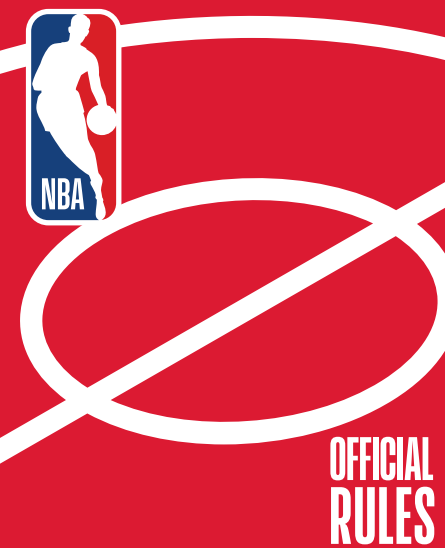
- The ball may be thrown in any direction with one or both hands.
- The ball may be batted in any direction with one or both hands.
- Players cannot run with the ball; they must throw it from where they catch it.
- The ball must be held in or between the hands; no holding with arms or body.
- No shouldering, pushing, or striking an opponent. The first offense is a foul; the second disqualifies the player until the next goal or for the whole game if the foul was intentional.
- A foul is striking the ball with the fist, violation of rules 3 and 4, and such as described in rule 5.
- If a team makes three consecutive fouls, the opponent gets a goal.
- A goal is made when the ball goes into the basket and stays there. If it rests on the edge and the basket is moved, it counts as a goal.
- When the ball goes out of bounds, the first person to touch it throws it in. The thrower has 5 seconds; if they take longer, it goes to the opponent. Persistent delays result in a foul.
- The umpire judges fouls and informs the referee when three consecutive fouls occur.
- The referee judges the ball's status, keeps time, and decides when goals are made.
- The game lasts for two 15-minute halves with a 5-minute break in between.
- The team with the most goals at the end wins. If there’s a tie, the game may continue until another goal is scored.
- The introduction of dribbling.
- Free throws.
- The three-point shot.
- Goal tending
- And the shot clock.
The NBA rules of basketball

In the original game of basket ball there were only thirteen rules.
Basketball rules have evolved significantly since James Naismith's original 13 rules in 1891, with changes addressing aspects like player numbers, court boundaries, dribbling, and foul limits, aiming to improve the game's flow and entertainment value.
They have:
While the original game had no dribbling, dunking, or three-pointers, and goal tending was legal.

The NBA changes their rulebook sometimes anually while the last time that they have changed it has been between the 2023-2024 season
Here is a short video explaining the rules of basketball